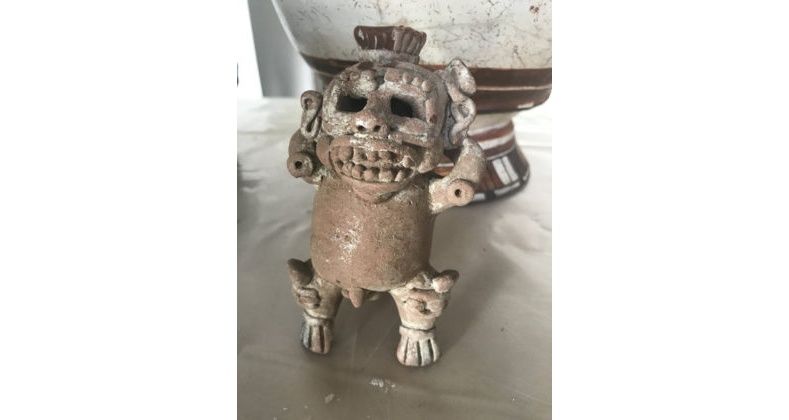The items include artifacts of significance to understanding the Indigenous cultures and peoples who populated the Americas.
Venezuela will return nearly 200 pre-Columbian stone and ceramic archaeological artifacts to Costa Rica on Jan. 2, making good on a promise to return plundered goods to the Central American nation.
RELATED:
12 Die in Costa Rica Plane Crash
Sculpted by the Indigenous people native to Costa Rica, the 196 items include items of significance to understanding the Indigenous cultures and peoples who populated the Americas before Christopher Columbus' landing on the continent and reflect the diversity of the country's region in the Atlantic, North Pacific-Guanacaste area and Diquis, Osa.
These items include stone spheres that are significant to world heritage, sculptures of human figures, and two metates (mealing stones) used to process grains and seeds. No such similar items exist anywhere else in the world, and in many cases, the pieces are unique.

The Ministry of People's Power for Culture and the Institute of Cultural Heritage agreed to repatriate the treasured Indigenous heirlooms after they were discovered among various properties seized by Venezuelan authorities.
After Harry Mannill Laul passed away in 2010 at his Costa Rican mansion in San Rafael, the capital of Heredia province, local authorities found over 100 pre-Colombian treasures. That same year, Venezuelan customs officials obtained 56 similar items illegally held at a warehouse, tipping them off to search his home in the country. It was there that they found a veritable museum of artifacts. The house was searched two more times in 2015.

Laul was an archaeological art collector of Estonian origin who allegedly aided the German Nazis in 1941and 1942.
The process of identifying and verifying the origin of the archaeological items required that the National Musem of Costa Rica invested US$22,000, and was implemented through the collaboration of the Costa Rica and Venezuela's consulates. The National Gallery in Costa Rica also worked alongside the Cultural Heritage Institute of Venezuela.